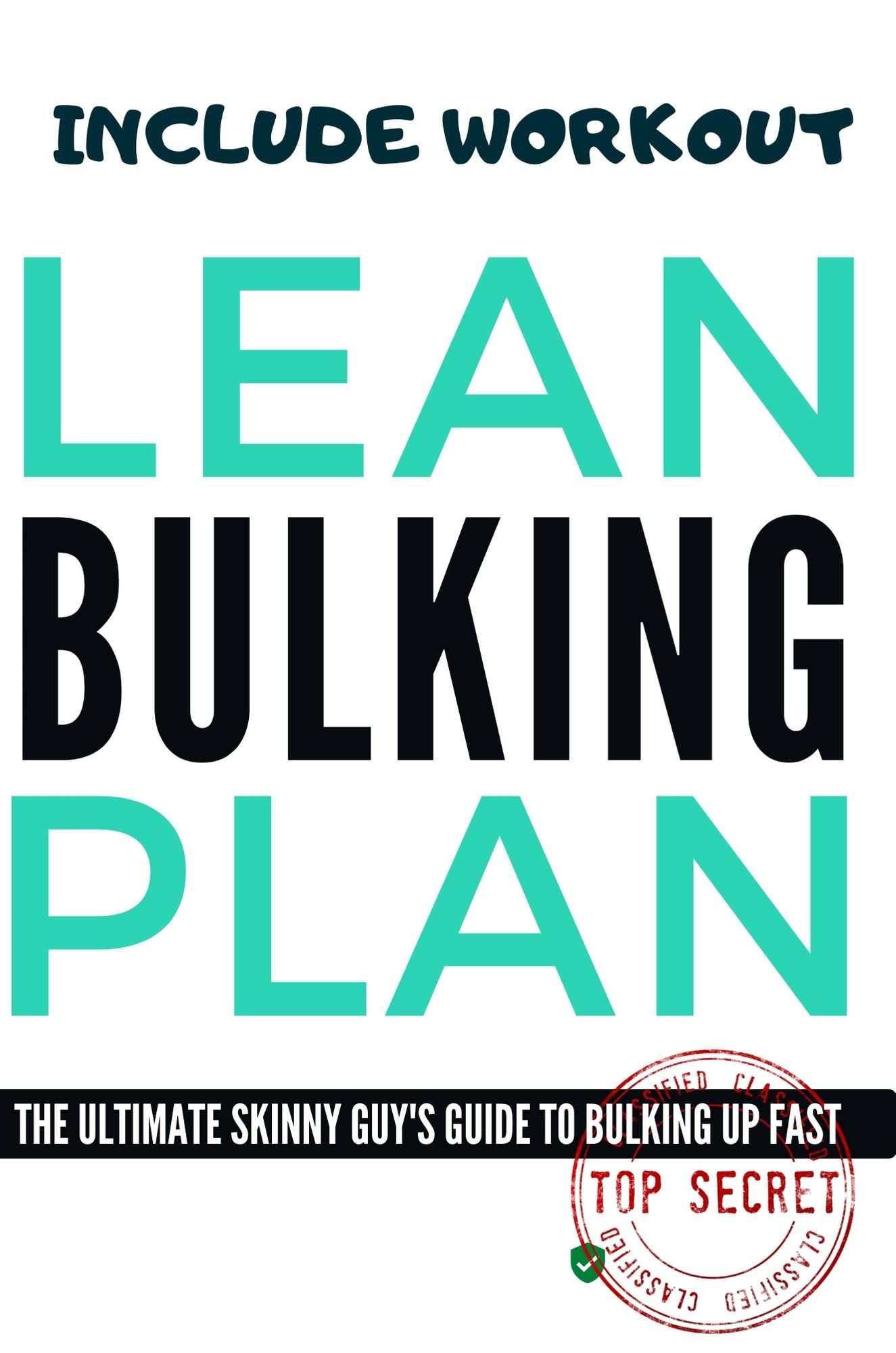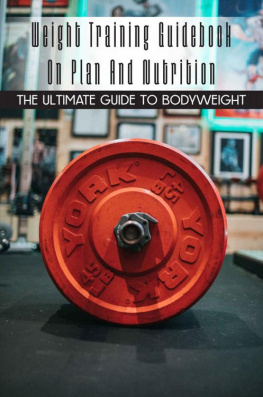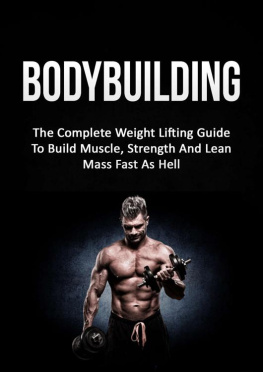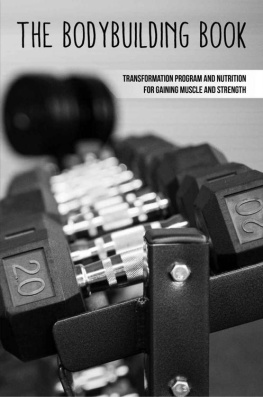

Table of Contents
Grow Your Muscle ;
Getting Bigger and Bigger In 2 Steps
In order to effectively build strong, aesthetic muscles, two key elements should be taken care of, which when used regularly will give the expected results. Your success depends on providing the right amount of energy in the form of food, as well as on well-chosen physical activity. You need to know that if you are skinny and want to gain muscle size you should eat above your daily calorie requirement and train regularly with 70/80% of the maximum weight so that your muscles get the right growth impulse. Determining your direction before you do your first training is very important. If you have excess fat, especially on your stomach, I recommend that you start by reducing it, then move on to muscle building. If you want to burn it, you should eat below your daily calorie requirement and exercise regularly, preferably 3 to 4 times a week, adding 1 to 3 cardio sessions per week (running, cycling, swimming). And hold on to it until you get down to a low body fat level
During the period of muscle building, a well and wisely defined surplus of calories will have a significant impact on muscle building and its definition.
Let's just say you are skinny guy, and because of your fast metabolism you have a problem gaining weight, so in your situation you will need to increase your calories by up to 10% more than a person who has no problem gaining weight. I would start with an excess of 20% more calories than your daily calorie requirement. In the next part, with the help of a simple formula, you will be able to calculate your need.
I recommend that you think long term, the best time to focus is another six months, during this time you can do wonders with your body and bring them to a real effect Woow... And it's best to divide this half-year into smaller stages of 8/12 weeks.
The important thing you may not have known - to build a kilogram of muscle (about 2 pounds), your body needs to assimilate about 7000 kcal. That's why it's so important to create a calorie surplus by eating more than your daily calorie intake Assuming that your daily calorie requirement is 2000 calories, by increasing it by 30% you create 600 calorie surplus, in a week, this gives us 4200 calories if your muscles absorb this excess calorie, at this rate you are able to increase your body weight by 0.75/1kg(2lbs) in a week. This is a very good result, of course you can increase your calories and gain faster, but I do not recommend that you gain more than a kilo (2lbs) per week. Muscles have limited growth potential, it doesn't work so that you will eat 7000 more calories in a few days and everything will turn into muscles. I know from experience that if the weight increases by more than 4 kg per month, the body also gains fat in a short period of time and this is rather worth avoiding. So be like a marathon runner, not a sprinter.
How To Build Muscle Fast;
Muscles are a very important component of our body, they perform several important functions in our body, enable us to move and make precise movements, and are responsible for maintaining the right (upright) posture and maintaining internal organs in the right place. They are also a defence barrier for internal organs
There are 450 to 500 muscles in the human body. In men, they make up about 40% of the body weight, and in women about 40% of the body weight. 35%. They are connected to the bones with tendons. Through contraction and relaxation, the muscles set the skeletal system in motion.
There are two types of fibres in the muscles: slow and fast shrinking. This distinction has a great influence on the growth of muscle tissue, because both types of fibres require different stimulation.
Slow-shrinkable fibers (otherwise red or oxygen) are responsible for performing hard but slow muscle work. They are activated during long, intensive or moderate exercise such as long-distance running, cycling or swimming.
On the other hand, fast shrinking fibres (otherwise white) are responsible for performing fast, dynamic work - e.g. when sprinting, lifting weights, inflicting blows in combat sports. They are much less resistant to fatigue than slow shrink fibres.
Discussing the importance of training in the growth of the muscle, it is worth disproving the often repeated myth: muscles do not grow during exercise. In fact, during training, muscles are damaged. The nerve impulse caused by the contraction damages the proteins from which the muscle fibres are built. This process is further intensified by free radicals and catabolic hormones released during exercise, such as cortisol, adrenaline, glucagon.
It is worth noting, however, that good strength training does not destroy protein cells, but only damages them to some extent, making it possible to rebuild them. Therefore, the basic principle of any training is to exercise until you feel tired, but not exhausted. When performing weightlifting, you should finish at the moment when you feel that you could do 1-2 more reps, and not until you have completely lost your energy. When your goal is to increase the size of your muscles, make each set at 70/80% power. The situation is different when your muscles are already of size, and you would like to improve their aesthetics. In this case, it is worthwhile to train at 80/90% power, with more repetition.
To build muscles at the maximum possible rate, use the following tips
1. Calculate your daily caloric requirement, and eat above that level. Start with a 20% calorie surplus. Every week, check if your weight increases, if not, increase your calories by 5 to 10%.
2. Keep the amount of protein above 1 gram for every kilo of your body weight.
3. Keep your carbohydrate level at 40/50% of your daily calorie requirement. Except that most of them try to eat during the training period
4. Do strength training at least three times a week, using 70/80% of your maximum weight
5. Progressively increase weights - muscles get used to the exercises quickly. Therefore, in order not to fall into a routine and lack of progress, you should regularly surprise your muscles with new impulses, by gradually increasing the weights, changing exercises or performing a variable number of repetitions.
6. After your strength training, eat a large meal consisting of simple sugars, carbohydrates, and rapidly absorbed proteins. I personally recommend dividing the meal into two. After the workout, it is worth eating simple carbohydrates with quickly absorbed proteins. A protein shake with a banana and avocado will be great here. And then, up to two hours after the workout, eat a nutritious meal based on complex carbohydrates and proteins. Rice, groats, potatoes, pasta with vegetables and chicken breast is perfect. If you don't eat meat, you can replace the chicken with lentils, soya, or eggs.
Get Back On Track After Every Failure;
You need to know that to have bigger muscles, with better defined shapes, you don't need a lot of knowledge, but instead you need to focus on action and perseverance. In the system I'm going to introduce to you, your task is to do a few things that I'm going to describe, and then stick to simple but very important rules until you reach your goal. This is very simple, but requires perseverance.
Do you know why men who want bigger and more aesthetic muscles don't usually achieve this? Because either they don't even start, or they quickly lose the motivation to continue training and stick to the diet. Usually this happens because the goal that was so clear at the beginning loses its meaning with time. Don't be one of those men, but instead of giving up, when you start to leave the workouts, not stick to the diet, remember your goal and move on.
Next page












